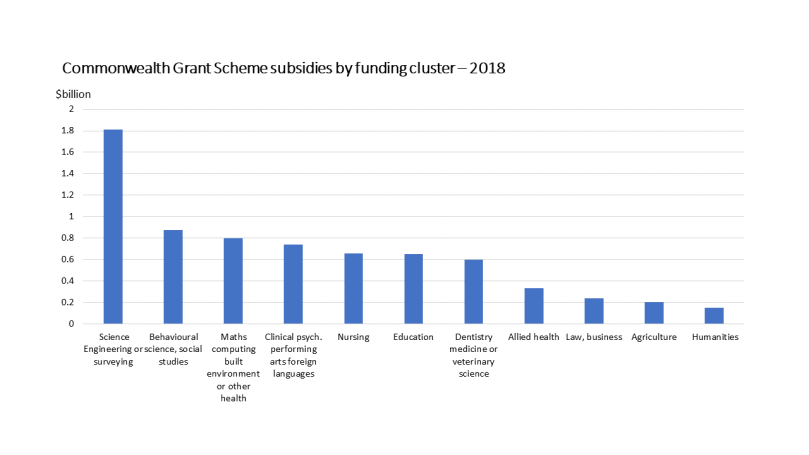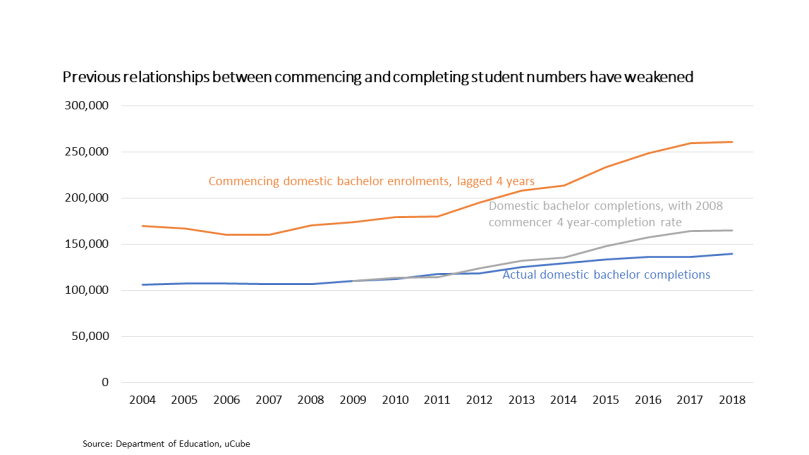Last week the Department of Education issued a report on equity students enrolled in research higher degree programs. As those who have read my work over the years know, I think we have significant conceptual and empirical problems in measuring socioeconomic status in higher education. And these are even more significant for higher degree students than they are for undergraduates.
What this means is that even though the report’s overall conclusion, that high SES students are ‘over-represented’ in research degrees, must be true based on other empirical evidence and theory, its statement that ‘this data should … be used with caution’ is a warning that should be heeded.
Problem One: We are only using a geographic proxy indicator for SES, the ABS Index of Education and Occupation. A person is classified as low SES if they live in an area in which the population has relatively low levels of education and relatively high levels of people who are unemployed or work in lower-skill occupations. But people with high levels of education and with high skill jobs live in otherwise low SES areas, and vice-versa.
Problem Two: We define as low SES people living in the lowest 25 per cent of areas by the Index of Education and Occupation. That is too small a share – the next quartile up is sociologically similar.
Problem Three: For research students, are we interested in their current socioeconomic status or their background? Regardless of their background, if they already have a degree (which they almost certainly do if they are in a research degree) and work in a professional job, as is quite likely to to be the case, then they are not going to be classed as low SES by the standard bureaucratic measures. And if they have moved to study and/or to be closer to professional job markets, then they will probably live in high SES areas.Read More »

